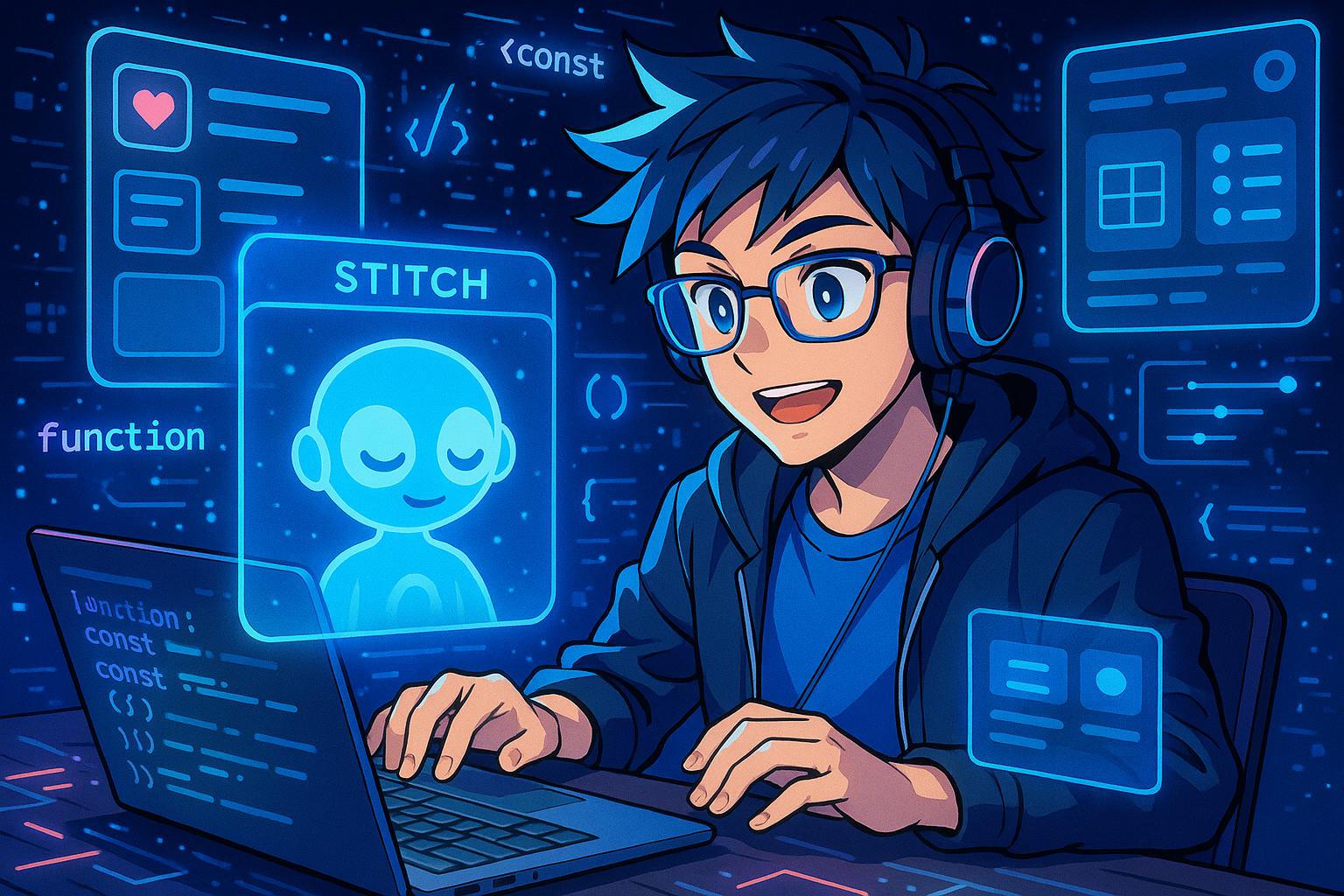At the recent Google I/O 2025 developer conference, the tech world was introduced to Stitch, an innovative AI-powered tool that aims to redefine how web and mobile applications are designed. By enabling users to generate user interface (UI) elements and code simply by entering a few key phrases or uploading an image, Stitch promises to democratise the app development process, making it accessible to a wider range of users than ever before.
The functionality of Stitch is built upon Google's sophisticated AI models, Gemini 2.5 Pro and Gemini 2.5 Flash. These advanced systems empower the tool to produce HTML and CSS code, streamlining the coding aspect and potentially reducing the time traditionally required to develop app front ends. As the market for AI-assisted coding tools grows, with competitors like Cursor, Cognition, and Windsurf entering the fray, Google’s entry highlights a burgeoning trend known as "vibe coding." This approach allows developers to harness the power of AI to facilitate the coding process, a need underscored by notable launches such as OpenAI's Codex and Microsoft’s enhancements to GitHub Copilot.
Despite being a newcomer in a competitive landscape, Stitch stands out with a variety of user-friendly features. It allows for the exportation of designs to Figma, a well-known interface design tool, which is crucial for those looking to combine powerful design elements with a more extensive development environment. Seamless integration with Integrated Development Environments (IDEs) further enhances usability, granting developers the ability to modify and refine the generated code. This flexibility empowers designers to tailor their projects to meet specific requirements, ensuring that the unique vision behind each app is preserved.
During a demonstration with TechCrunch, Google product manager Kathy Korevec showcased practical applications of Stitch, presenting two distinct projects: a responsive mobile interface geared towards avid readers and a web dashboard dedicated to beekeepers. Korevec stated, “Stitch is where you can come and get your initial iteration done, and then you can keep going from there.” This reflects Stitch’s objective of simplifying the design process while upholding high standards in app development.
In terms of future enhancements, Google is planning to introduce a feature that would allow users to adjust their UI designs by taking screenshots of elements they wish to modify and annotating the desired changes. While Korevec acknowledged that Stitch serves as a robust tool for initial designs, she clarified that it is not intended to replace established platforms such as Figma or Adobe XD. Rather, it is designed to complement these systems, helping users lay down foundational work on their projects, which they can later develop further.
In addition to Stitch, Google is also advancing its AI capabilities with Jules, an AI agent that assists developers in debugging code. Currently in public beta, Jules facilitates a range of tasks, including navigating complex code and creating pull requests on GitHub. A demonstration from Korevec illustrated Jules’ adeptness by successfully upgrading a website from a deprecated version of Node.js, showcasing its potential to streamline development processes and enhance overall code quality.
Overall, Google’s introduction of Stitch and Jules marks significant milestones in the realm of AI-assisted coding and app design. While Stitch may not embody a complete design platform, its capabilities and the promise of future advancements herald a new era in which app development processes are evolving rapidly. As technology continues to reshape the landscape, it will be intriguing to see how such tools transform the methods by which creators bring their innovative ideas to life.
Reference Map
- Paragraphs 1, 2, 3, 4, 5, 6, 7
- Paragraphs 2, 3, 4
- Paragraph 2
- Paragraphs 3, 5
- Paragraphs 4, 5
- Paragraphs 5, 6
- Paragraph 7
Source: Noah Wire Services
